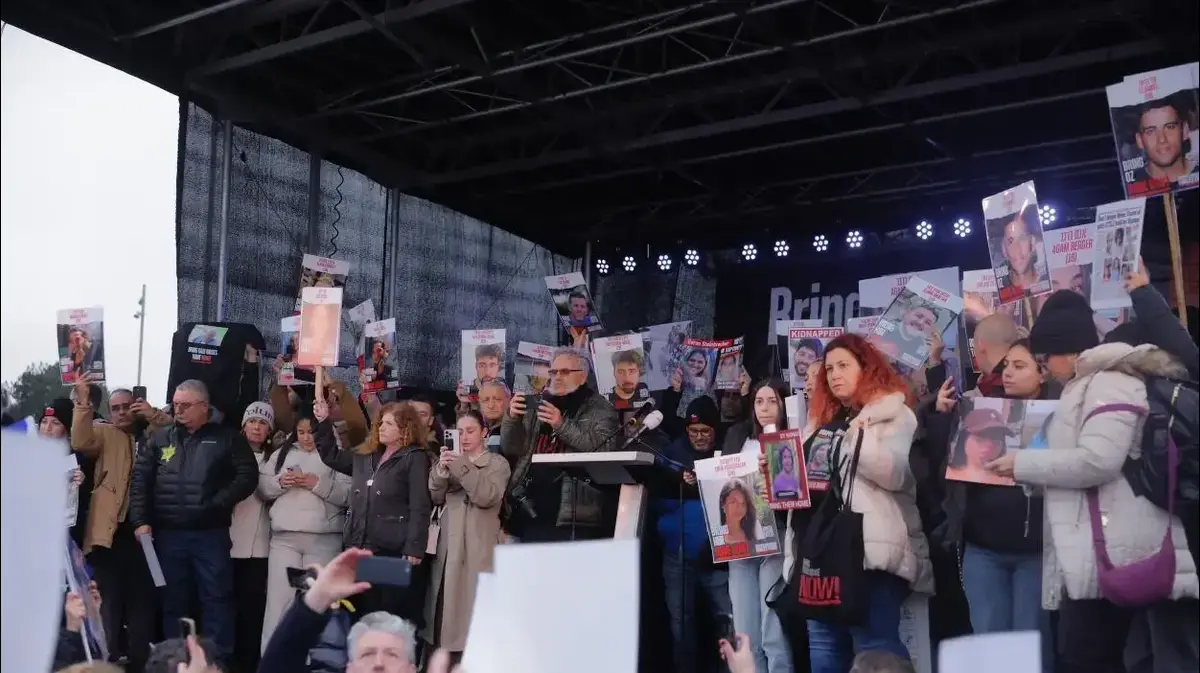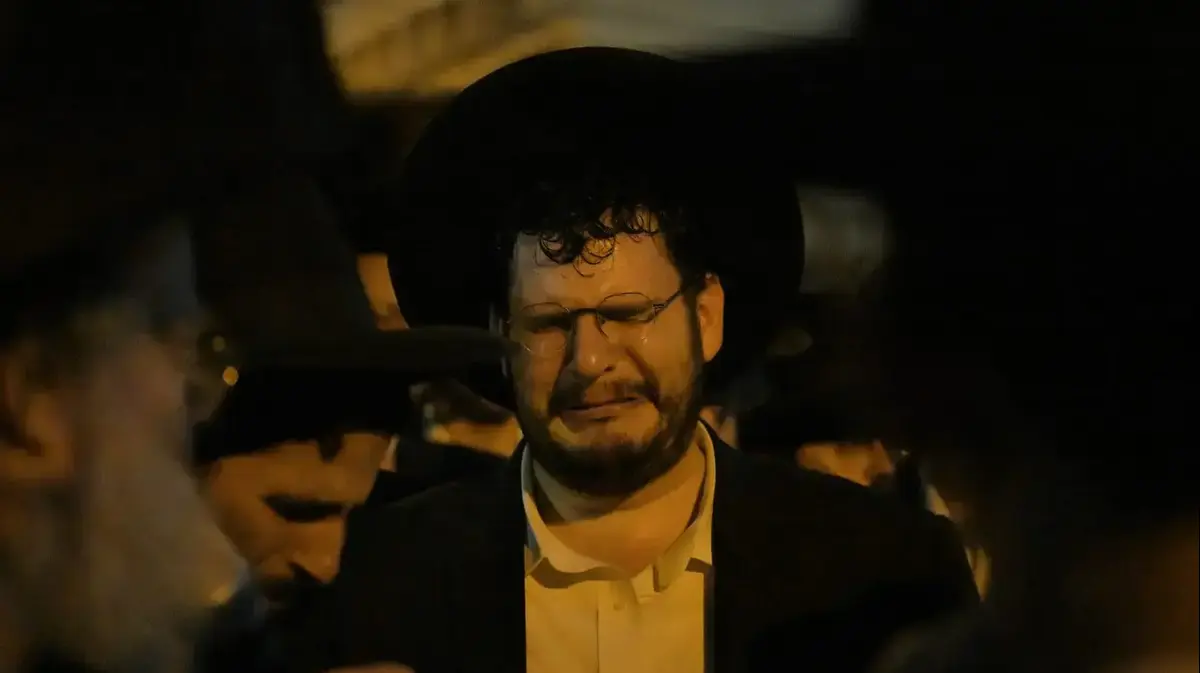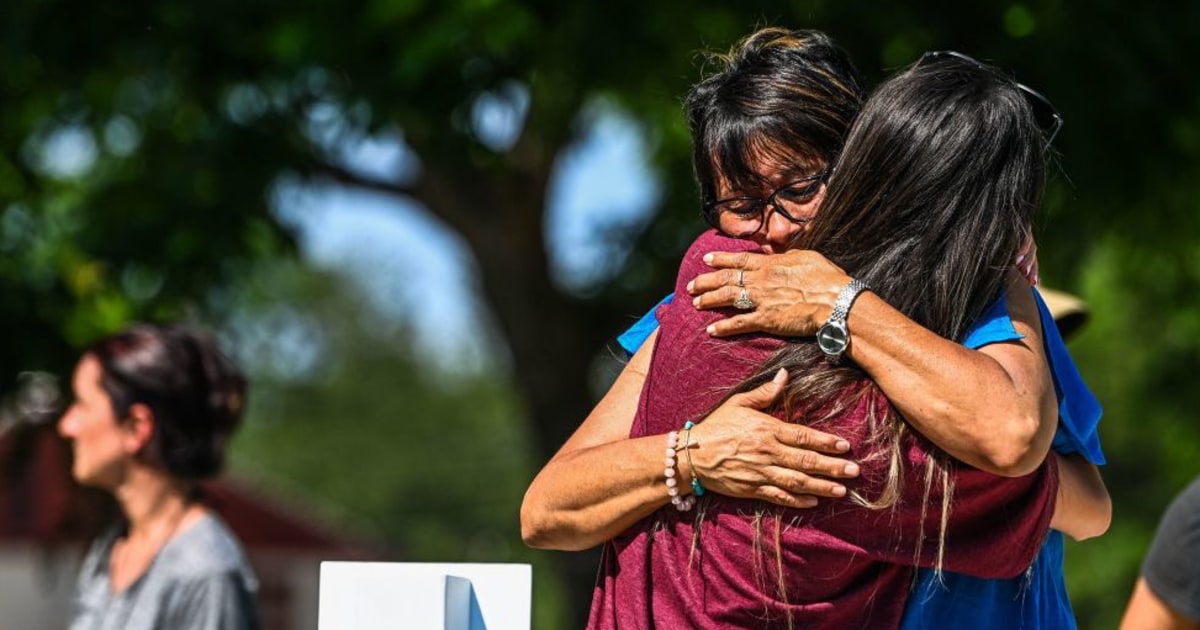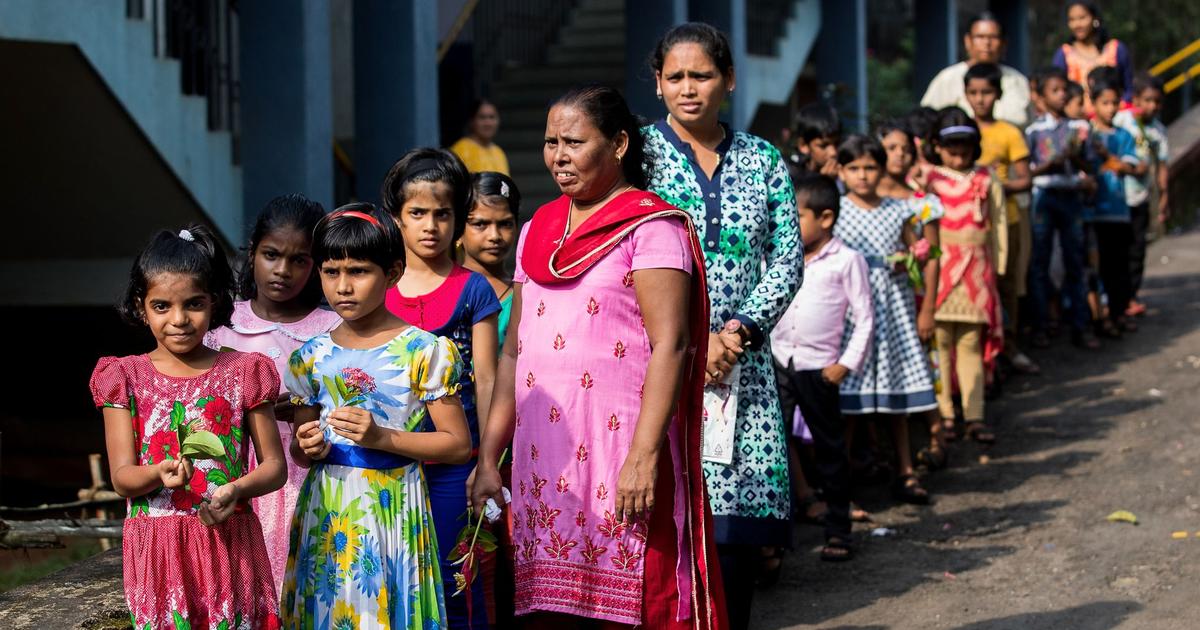Only in 2001 was a State Inquiry Commission report published on the disappearance of the immigrant children from Yemen during the country's early years. According to the report, the number of children who disappeared in 1948-1954 ranged from 1,500 to 5,000. The number of children to whom complaints have been submitted to the three committees dealing with the issue is 1,053. Among the immigrants from Yemen, at least one in eight toddlers has disappeared. If you take into account complaints from other parents who didn't trust the committee, that's one in five. This is a chilling phenomenon that requires thorough investigation.
But the commission of inquiry did not really investigate. The main conclusion I reached in analyzing the report in the accepted analysis of legal text is that the committee's work was lacking in any suspicion. The committee did not come to investigate, but came to explain and reassure. Therefore, it satisfied a limited research team or two who broke into the official documentation in the archives and received it despite The internal contradictions were there to determine that the vast majority of children had passed away by then, but even with 69 remaining "unknown", the committee found no responsibility except for abstract factors and outrageous explanations such as "disappearance for parents" (but for whom?), "Failure to set up retention procedures On contact, "" lack of a central reporting institution "and" occasional delivery for adoption, "a spokeswoman for abandoned cat puppies. At the time, I was reviewing the report in my articles "Without Suspicion - No Real Investigation", published in "Theory and Criticism".
Recently, there have been two significant developments. One - the first two research books on the subject were published: the collection of "Children of the Heart" articles edited by Prof. Tova Gamliel and Dr. Nathan Shifris; and the book "My Children Went Where?", In which Dr. Shifris publishes the most comprehensive research on the subject. She did not do what the investigative committee did now. Unfortunately, he is convinced that apparently the three-step systematic move was intentional: in the first stage, the children are removed from the families, sometimes even physically, usually after arrival at the immigration camp or near the birth, and their concentration in the babies' homes in the immigration camps, so that it can be better kept On their health. In the second stage, they were rushed from the nursing homes in the immigrant camps to the hospitals in remote cities, usually in group deliveries at night, without medical justification and without informing the families. In many cases, parents soon after their children passed away, but prevented them from seeing a body, attending a funeral or seeing a grave. In the third stage, the hasty declaration of the children "disconnected" and their transfer to children's dormitories whose identities were removed from the parents' knowledge and which were apparently handed over for adoption in Israel and abroad.
From here to the latest development: In a Supreme Court ruling of December 24, 19, 27 parents and siblings appealed to a previous district court decision that prevented them from jointly filing their lawsuit against the State of Israel and the Jewish Agency ("the Respondents"): "Eleven events The lawsuit describes one mask (and in fact only the small part) of a harsh and painful affair in the history of the State of Israel: the disappearance of children among Yemeni immigrants ... without expressing a position on the chances of the prosecution ... The prosecution's written statement alone shows that their alleged acts and omissions Of the respondent officials; the information allegedly provided to the parents of the children who disappeared unexpectedly; and in particular - their complete disappearance Of the children without leaving any trace, all seem to raise disturbing suspicions about one respondent's pattern of action ... the court will be required to ... The respondent's involvement in creating the conditions that led to the disappearance of the children and the disconnection between them and their parents. "
Finally, in view of the fact that the children's parents are about 90-80, the court states: "It is appropriate to expedite the preliminary proceedings in the case so that their parents in the days of the 'childless' children will advance to the witness stand and submit their version of the events with clear opinion. I have seen from the first degree, but no less, that they are of great importance both from the public and the documentary and historical aspects. "
The Supreme Court decision paves the way for doing justice - very partial and very late - with some surviving parents. It's definitely time.
Prof. Sanjero teaches at the Law and Business Academic Center and at Sapir Academic College and the founder of the site "Review of the Criminal Justice System"
See more Boaz Sanjero opinions








